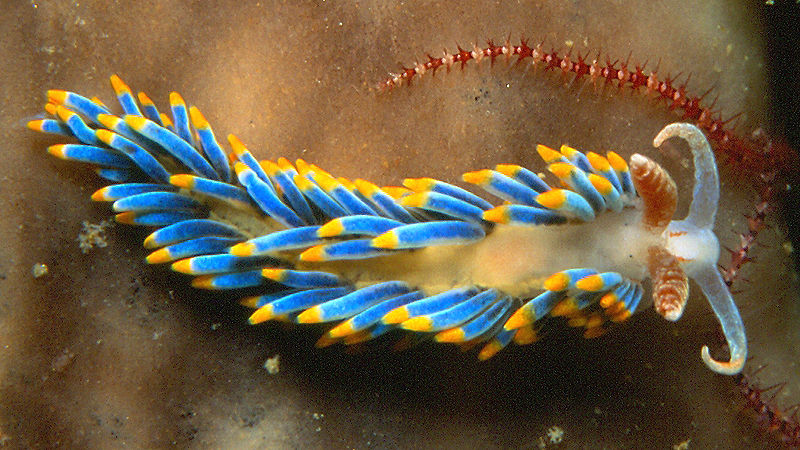Millions of people don’t believe in any climate change or believe man’s activities have any impact on our world, but sea creatures amidst other land and air creatures are reacting to the onset of rising temperatures in our planet, and sending messages that global warming might indeed be real. This is played out when hundreds of sea slugs start to migrate to the cooler regions of northern California because their southern waters is getting unbearably warmer.
Humpback whales and dolphins amongst other sensitive creatures are already leaving the coastal waters of southern California and drifting in large numbers to Monterey Bay and other regions of northern California. Also known by scientists as nudibranchs, sea slugs have been confirmed by Terry Gosliner of the California Academy of Sciences as undergoing “population explosion” in the northern Californian waters.
“We haven’t seen anything like it in years,” said John Pearse, an emeritus professor of evolutionary biology at UC Santa Cruz.
The Hopkins’ Rosea is one of the popular species of sea slugs known in southern California, and its scientific name is Okenia rosacea. It has a bright pink body and commonly seen tide pool areas close to San Diego and Los Angeles, but they are starting to migrate as far away as San Luis Obispo, the Bay Area, and the Humboldt County.
“It’s the same weather pattern that’s kept the rain from coming and…causing the drought we’re seeing on land,” said Nate Mantua, a climate scientist at the NOAA Southwest Fisheries Research Center in Santa Cruz.
According to him, the sea surface temperatures this winter are averaging about 57 and 58 degrees from the Farallones to Santa Cruz and Monterey Bay, compared with a normal winter range of 52 to 53 degrees. According to the expert, the north winds in the winter strengthen the California current and the upwelling water brings cold water to the surface from deep below. But this winter, he said, those winds have weakened, the upwelling has slowed and the water has warmed.
“We haven’t seen this much warming along the coast since the last El Niño,” Gosliner said. “While we’re thrilled to see this beautiful bloom of normally rare nudibranchs, we’re concerned about the long-term consequences of our changing coastal environment,” he added.

